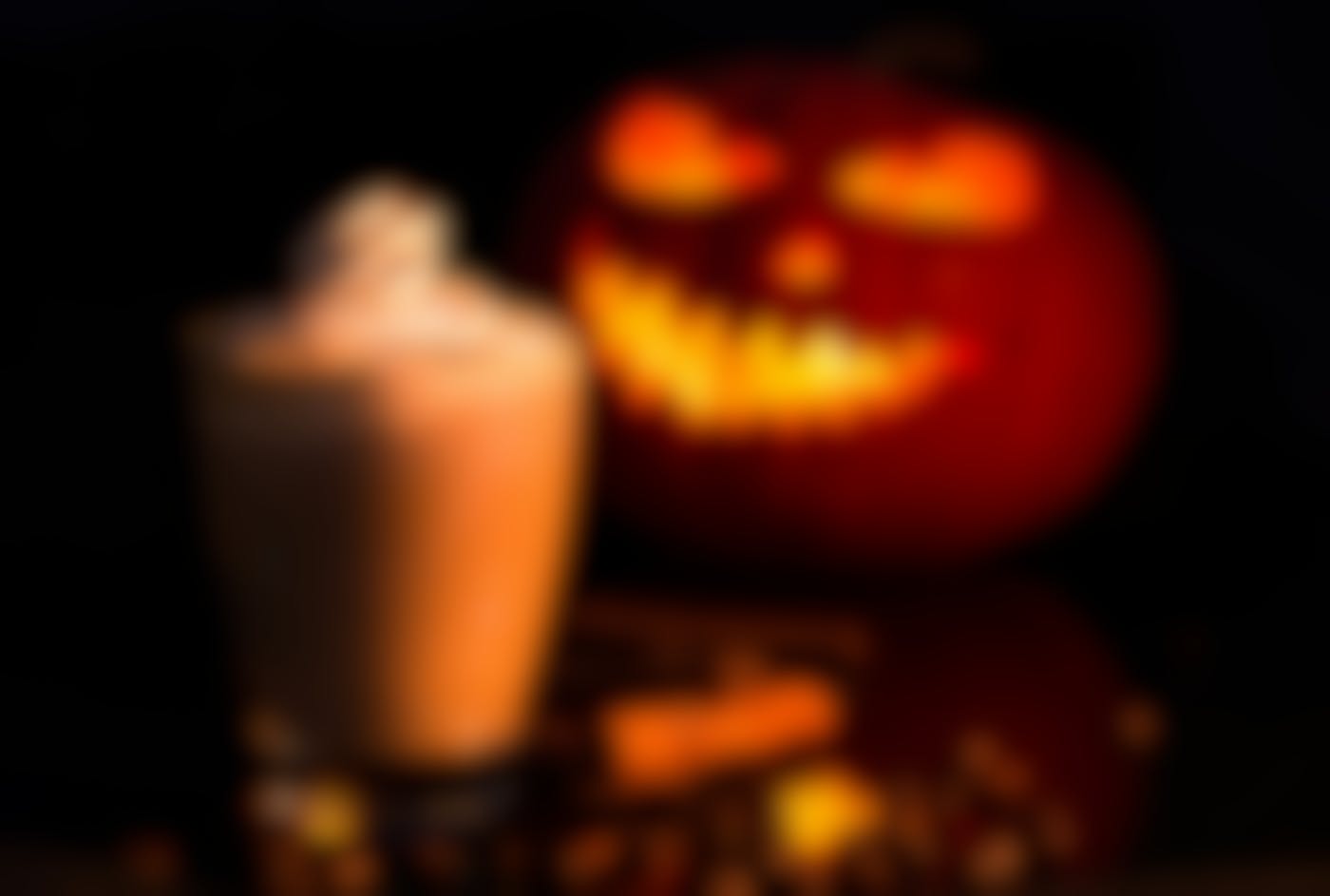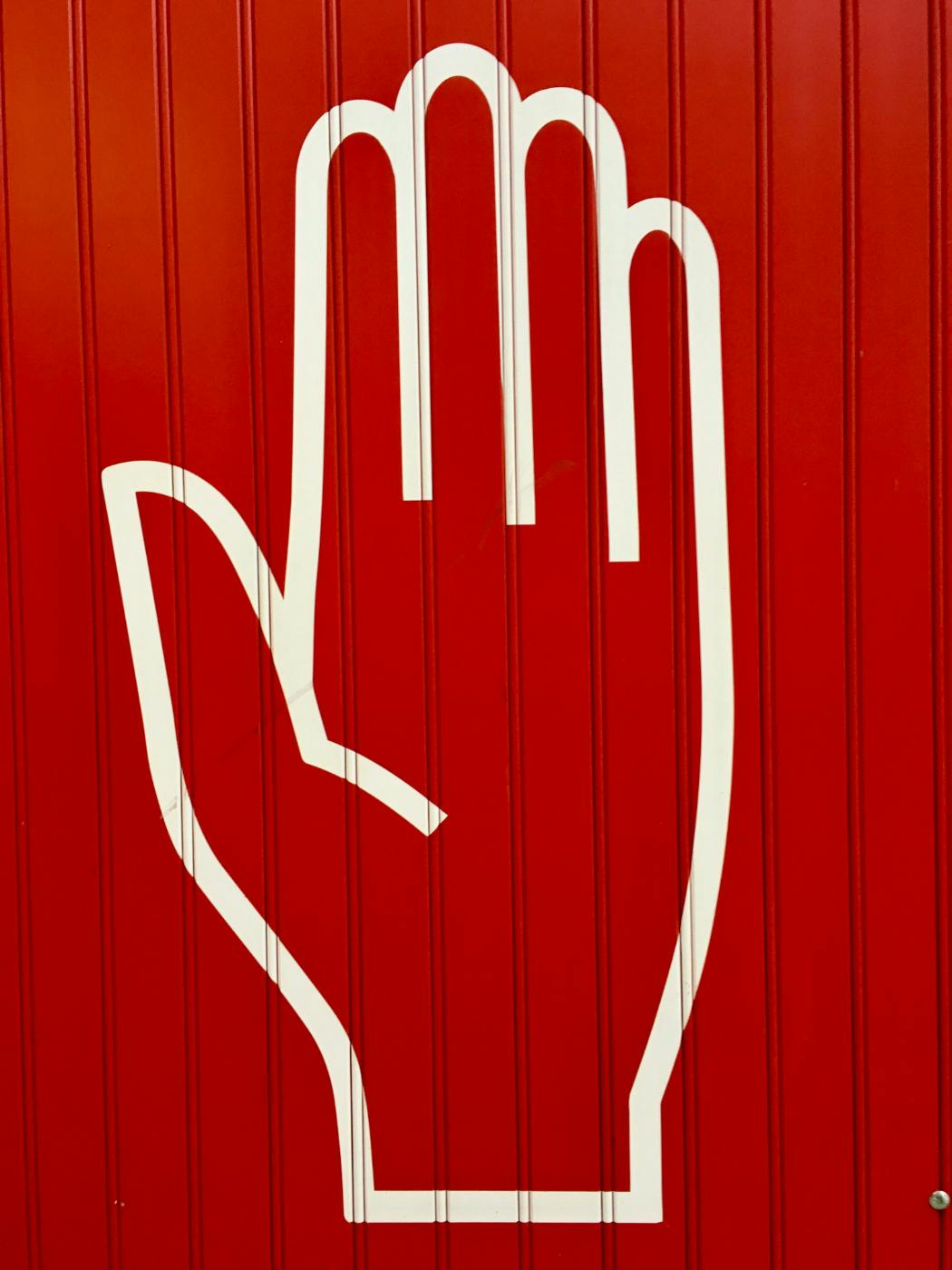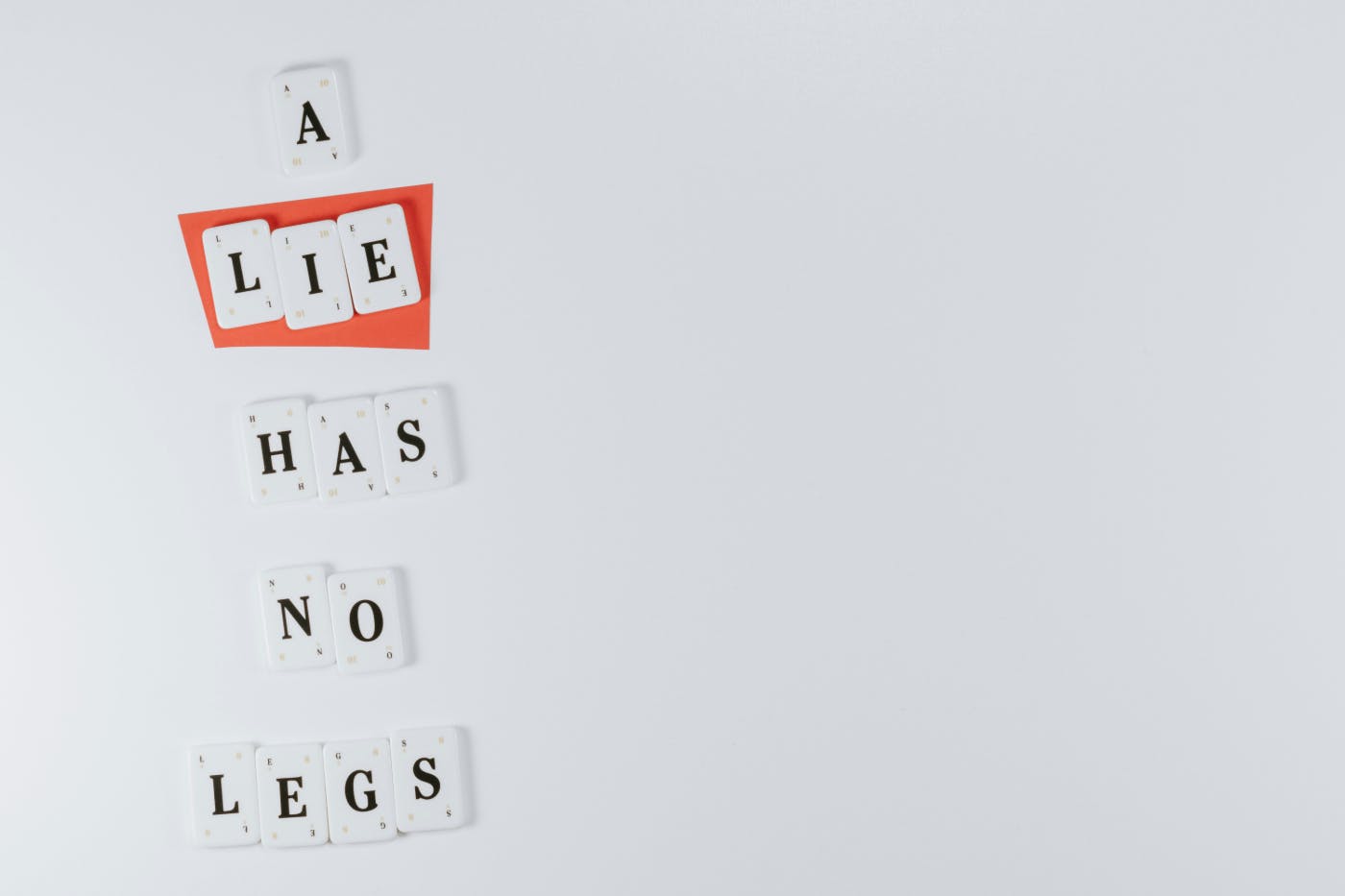

Let’s call this what it is: seasonal creep. A slow, deliberate, marketing-led invasion of one season into another—like a well-manicured army of influencers and flavor chemists marching across the calendar.
Sweet mother of all that’s holy, what is happening? What the actual fluff is happening?
Now, I have finally gotten to a point in my life where I know and accept, even, that the Christmas aisle in every store will spring to life around the last day in October. I mean, screw Thanksgiving, bring us the Christmas sale. Okay. I made peace with that—the hoards, the greed, the need, and all at top speed. I finally stopped being the old man on the porch, shrieking at the elves to get the hell off my lawn. Christmas, I conceded, was the money maker, the cash cow of this life, so it only makes sense to allow it to creep ever so softly into the rest of the year. Let it happen, I said. I won't fight. I won’t fuss. I certainly won't shop.
No, no. If all my years on this planet have taught me one thing, it’s that you never do your Christmas shopping early, heavens, no. Three days before Christmas—that’s when you shop. When the racks are picked clean, when the cards are all gone, when the only wrapping paper available is the Sam Peckinpah Have a Bloody Christmas line, that’s when the adrenaline kicks in. That’s when I hear my brother’s voice saying, “What’d you wait till the last minute and swing by the mini mart at the Arco station?” That haunting voice, highlighting my failure as a brother, son, uncle, and general gift giver, drives me to the ends of my wits as I try to beat the other fools who, like me, have waited till almost too late to shop.
That’s Christmas, baby. Fa-la-la-la-la, la-la-la-kill me.
So, I made peace. I’m ready for the holiday season to begin, no matter how early. I will be fine. I won't freak out, I won't go on an anti-consumerism rant. I won’t. I really, really, really, really won’t. My loins are girded. My life is under control. I will make it through the holidays.
Ah, the best laid plans…
My resolve has been tested. My inner monologue of “it’s okay, it’s okay, you still have many months before you have to worry about any of that” has come to naught.
Why, you ask? Well, I’ll tell ya why.
Starbucks has announced that its pumpkin spice latte will be available—wait for it—at the end of AUGUST!!!!!!
August. Like in 13 days. In less time than Jesus walked in the desert and flipped off the devil, a seasonal evil will be upon us, creeping into a month it has never dared to show its brackish, foamy lid. At the end of August, stores, restaurants, day care centers, and mortuaries will all smell like pumpkin spice.
Let’s pause for a second and admit something truly insane: pumpkin spice isn’t real. It’s not a thing that exists in nature. You cannot go to a pumpkin patch and pick a pumpkin-spice-flavored pumpkin. Pumpkins have no spice. They are in the squash family—a family noted for its complete lack of taste and a proud, generational absence of flavor. You have to add fifty pounds of spice and butter to squash just to bring it to the level of bland.
And yet… every damn year it rolls out.
Usually in November. But now? In August. IN AUGUST, our olfactory senses will be clogged with pumpkin spice candles and geegaws. Our taste buds are assaulted with pumpkin spice coffee, lattes, frappes, crappes, and whatever abomination of coffee, syrup, sprinkles, and rainbow colors they can shove in a cardboard cup or plastic vessel and cram down our throats after we’ve waited in the drive-through line for nine hours.
And all of this is coming to a hellscape near you in August.
I am sure I’m not alone in my abject hatred of pumpkin spice. I know there are others out there who cringe at the scent, fall into despair at the sight of this usual holiday offering that we must now deal with while it’s still summer. I am not alone!!
So, why and how does this happen? How does a company, a brand like Starbucks, encroach on our lives with this demonic beverage, and no one storms the shop and puts the heads of baristas on spikes at the gates to town as a warning to all pumpkin spice pushers not to even try that shit here?
How do brands get away with continuing a trend that I hate?
Well… not just me. Many and many.
Is this the breaking point? Have they gone too far this time? Will the August appearance of a “holiday favorite” finally shake us out of this blatant consumer-pandering torpor and bring Starbucks to its knees????
Doubt it.
But one can hope.
Let’s look at how this keeps happening—and why brands like Starbucks keep pushing earlier and earlier, even when half the population is still sweating in cargo shorts.

The Curious Case of Seasonal Creep
Let’s call this what it is: seasonal creep. A slow, deliberate, marketing-led invasion of one season into another—like a well-manicured army of influencers and flavor chemists marching across the calendar. And Starbucks? They’re not just foot soldiers. They’re the generals. PSL (pumpkin spice latte) isn’t just a drink—it’s a battle cry. A scented siege. A syrupy saboteur dressed in cozy fall drag, sent to colonize your summer.
This isn’t new, of course. We’ve watched Christmas eat Thanksgiving. Watched Valentine’s Day chocolates arrive before we’ve even finished flushing out the New Year’s champagne. But pumpkin spice? That was sacred. That was seasonal. It was supposed to be the official flavor of crisp air, crunchy leaves, cozy sweaters, and angry divorced women. A reward for surviving the swampy tail end of summer. It wasn’t meant for sunscreen season.
But now? We’re living in a world where Back to School signs go up before the Fourth of July fireworks even cool, and where fall flavors drop before school buses have even started their engines. There’s no more waiting. No more anticipation. Everything is now.
And brands know exactly what they’re doing. They’re not confused. They’re not rushing things by mistake. They’re manufacturing nostalgia, urgency, and FOMO with the precision of a Swiss watchmaker dipped in cinnamon.
Because if fall starts in August, then holiday shopping starts in September. And if you’re always chasing the next season, you’re always buying. Always wanting. Always one flavored latte away from feeling like you’re part of something cozy, something shared.
Which brings us to the real question:
Why does this work?
Why do we let it?
Let’s dig into the emotional caffeine hit behind seasonal branding—and how companies like Starbucks have turned your feelings into fuel.
Feelings in a Cup
Here’s the thing Starbucks knows better than most: people aren’t buying coffee. They’re buying a feeling. Pumpkin Spice isn’t just a flavor. It’s a moment. A mood board. A curated little dose of comfort, delivered with whipped cream and a seasonal cup design.
We don’t line up because it tastes good. We line up because it tastes familiar.
Pumpkin Spice is autumn distilled into something portable. It’s a shortcut to nostalgia. A smell that triggers memories of hayrides you never actually went on, scarves you forgot you owned, and a version of fall that only exists in Hallmark movies, Instagram captions, and The Gilmore Girls.
It’s emotional sleight of hand.
And Starbucks plays that hand well. They know when to pull the trigger—just early enough to stir the pot, just late enough that no one really cancels their rewards account. They’re not chasing pumpkin spice lovers. They’re chasing the emotional majority. The crowd that doesn’t even like the drink but buys one anyway… because that’s what you do. Because it’s August, and your life feels chaotic, and something about that dumb cup makes you feel like maybe you’re managing things after all.
That’s not a seasonal beverage. That’s a brand ritual.
Starbucks has successfully transformed a marketing campaign into a cultural rite of passage. It’s not just about the drink—it’s about what it means. Even if you roll your eyes, even if you mock it on social media, you’re still talking about it. You're still playing along.
And when you tie emotions to a brand—nostalgia, coziness, even a little self-deprecating shame—you’ve created something sticky. Something stronger than taste or timing. Something that can show up in August and still feel… right. Or at least, inevitable.
But here’s where it gets interesting: Starbucks makes it look easy. Other brands try to pull the same trick—drop something early, slap on some seasonal flavor, manufacture a moment—and it falls flat. You can’t just sprinkle cinnamon on a bad idea and expect people to care.
So what makes Starbucks’ seasonal dominance feel natural, while others come off like a desperate costume party?
Let’s look at some of the wannabes.

The Imitation Game
You can almost hear the brainstorming meeting:
“Let’s launch a seasonal version.”
“But what season?”
“Doesn’t matter. Just pick a flavor. People love flavors.”
“Pumpkin?”
“YES. Pumpkin everything. Make it a candle. Make it a lip balm. Make it a deodorant. Make it a beef jerky. Make it my third ex-wife—for the love of God, just make it!!!”
Somewhere along the way, brands forgot that seasonal marketing isn’t about novelty. It’s about nostalgia. And you can’t fake that.
For every Starbucks PSL, there are ten tragic attempts at riding the seasonal wave without doing the emotional work. Exhibit A: pumpkin spice hummus. You read that right. Chickpea paste, now with nutmeg and despair. Or how about pumpkin spice-flavored Pringles, which taste like someone sprinkled cinnamon on a burnt regret?
These products don’t tap into any sort of memory, comfort, or shared experience. They exist because someone saw the PSL hype machine and thought, we should get a piece of that. But you can’t just toss “pumpkin spice” onto packaging like it’s a golden ticket; that’s not going to get those four basically mummified old folks out of that bed that is oddly in the middle of the kitchen.
Starbucks didn’t build a flavor; they built a ritual. The date of the PSL drop is now a thing. It gets national media coverage. People post countdowns. Influencers rehearse their first sip like it’s the Oscars. That’s not a product launch. That’s seasonal theater.
Meanwhile, other brands are out here performing dinner theater in a strip mall parking lot, wearing pumpkin spice wigs and begging us to clap.
It’s not that seasonal branding doesn’t work—it’s that it only works when it’s done with intention, with memory, with timing that feels like a treat, not a tactic.
And when it’s not? You get autumn-scented toilet paper. Pumpkin spice protein powder. Seasonal burnout.
So where’s the line? When does a cozy cultural moment turn into a cinnamon-scented nightmare? Let’s talk about seasonal overreach—and how far is way too far.
When Fall Marketing Goes Full Goblin Mode
There’s a tipping point in every trend—a moment when the thing that once made people feel warm and fuzzy suddenly makes them want to punch a scarecrow in the face.
That’s what happens when fall marketing goes full goblin mode.
It starts with a latte and ends with a hay bale display in the middle of an Arizona Walgreens, complete with a life-sized animatronic fox wearing a sweater and whispering “cozy vibes” into your soul. You walk into a store in mid-August to buy sunscreen and walk out with a $28 “Hello Pumpkin” throw pillow, three cinnamon-scented soaps, and a creeping sense that you’ve been hypnotized by burlap. But you just wind up with seasonal cinnamon crotch.
That’s not autumn. That’s brand-fueled psychosis.
At some point, the very things that once signaled comfort—warm drinks, amber lighting, flannel shirts, muted oranges—start to feel like traps. The pumpkins are watching. The marketing copy is gaslighting you. There’s a candle called “Crisp Winds & Flannel Kisses,” and you’re pretty sure that’s what your ex said the night she moved out.
And it’s not just visual anymore. They’ve weaponized scent. You can’t walk through a store without being hit by a wall of “harvest spice” so thick it feels like you’re inhaling the tears of a thousand overworked copywriters who were told to “make it smell like memories, pie, and sadness, which we’ll cure with more pumpkin spice, maybe we’ll spice their prozac with it.”
It’s oversaturation disguised as coziness. It’s weaponized whimsy. And it’s how even the most beloved seasonal trend becomes a parody of itself.
This is what happens when brands don’t know when to stop. When they see a moment working, and decide that more is always better. More flavors. More SKUs. More drop dates. More limited edition. Until the very magic they were trying to bottle evaporates into a sea of overproduced TikToks and branded acorn emojis.
Which brings us to the real lesson buried somewhere beneath the pumpkin patches and influencer reels:
If every brand is trying to own fall, then no one does. But that doesn’t mean all is lost.
Because there’s still a way to do it right.

The Pumpkin Stops Here (How to Do Seasonal Without Selling Your Soul)
Here’s the part where we stop screaming into our PSL and offer brands a lifeline. Because the answer isn’t “never do seasonal again.” The answer is: earn it. Respect it. And for the love of all that is cinnamon-adjacent, stop carpet-bombing August with cozy vibes while people are still sticking to patio furniture.
1) Ship the ritual, not the SKU.
Starbucks didn’t win because of a flavor; they won because they created a moment people return to every year. If your seasonal play doesn’t come with its own little cultural ceremony—anticipation, reveal, payoff—it’s just sugar in a bad drug store costume.
2) Anticipation is a feature. Use it.
Scarcity, countdowns, first-sip posts—those are emotional design patterns. Don’t “surprise drop” a seasonal thing no one asked for in the middle of late summer. Build tension. Make it feel like a reward, not a reflex. Like a gag reflex.
3) Respect the calendar (or have a damn good reason not to).
If you’re going to launch fall in August, say why. Tie it to something that matters—a community, a climate reality, a tradition, a charity, something. Otherwise, it reads as, “We panicked. Please clap.”
4) Nostalgia > novelty.
Pumpkin spice hummus exists because marketers confuse “seasonal” with “any random thing dipped in nutmeg.” If it doesn’t connect to a shared cultural memory, it’s a gimmick. And gimmicks have the shelf life of a Walmart scarecrow in a windstorm.
5) Give people an opt-out.
Seasonal fatigue is real. Not everyone wants to drown in harvest spice from August to Advent. Offer parallel tracks: the cozy ritual for the faithful, and a clean, unscented exit lane for the rest of us. Maybe a Body of Christ scone—something plain, lightly glazed, and blessedly free of nutmeg.
6) Make the date part of the product.
If your seasonal drop can move anywhere on the calendar without anyone noticing—or caring—you don’t have a ritual. You have inventory.
7) Know when to stop (before your brand smells like sadness and spiced Prozac).
If your line extension list starts to look like “pumpkin spice deodorant, pumpkin spice dog treats, pumpkin spice toner,” you’ve crossed over from brand building into seasonal psychosis.
8) Remember: the season belongs to people, not to you.
Your job is to enhance the moment, not colonize it. Brands don’t get to own fall. At best, they get invited back each year—if they behave.
So yes, Starbucks is dropping PSL in August, and yes, that’s a violation of the social contract we silently signed while sweating in cargo shorts. But the larger lesson is clear: seasonal strategy works when it’s emotional, intentional, and timed like a gift, not a grift.
If you’re going to push fall into summer, you’d better bring more than syrup.

Summing Up
Seasonal strategy works when it’s emotional, intentional, and timed like a gift, not a grift. We liked that one so much that we repeated it to wrap up this rant.
That’s the real takeaway here—not just for Starbucks, but for any brand tempted to slap a flavor on a season and call it a campaign. People don’t buy products because they’re timely; they buy them because they mean something. Because they remind us of who we are, or who we were, or who we want to be when the air finally cools and we’re not sweating through our jeans in line at Target.
The brands that do seasonal right understand that they’re stepping into something sacred—something personal. The ones that mess it up? They’re just noise. Cinnamon-scented static, leading to pumpkin spice wallpaper, pumpkin spice coveralls, and pumpkin spice feminine hygiene products.
Think about that nightmare.
Want to win hearts? Start with a bit of respect. Build rituals, not rollouts. Create anticipation. Offer an opt-out. Know when to quit. And for the love of all that is roasted and aromatic—don’t release it in August unless you’ve got a damn good reason and the storytelling to back it up.
At ThoughtLab, we help brands find that story—the one rooted in emotion, built on timing, and steeped in truth. Whether it’s fall, spring, or some made-up season you just invented for a product launch (lookin’ at you, Sprinter), we believe good branding honors the moment it’s entering.
Because once you lose that trust, even pumpkin spice can’t cover the smell.
